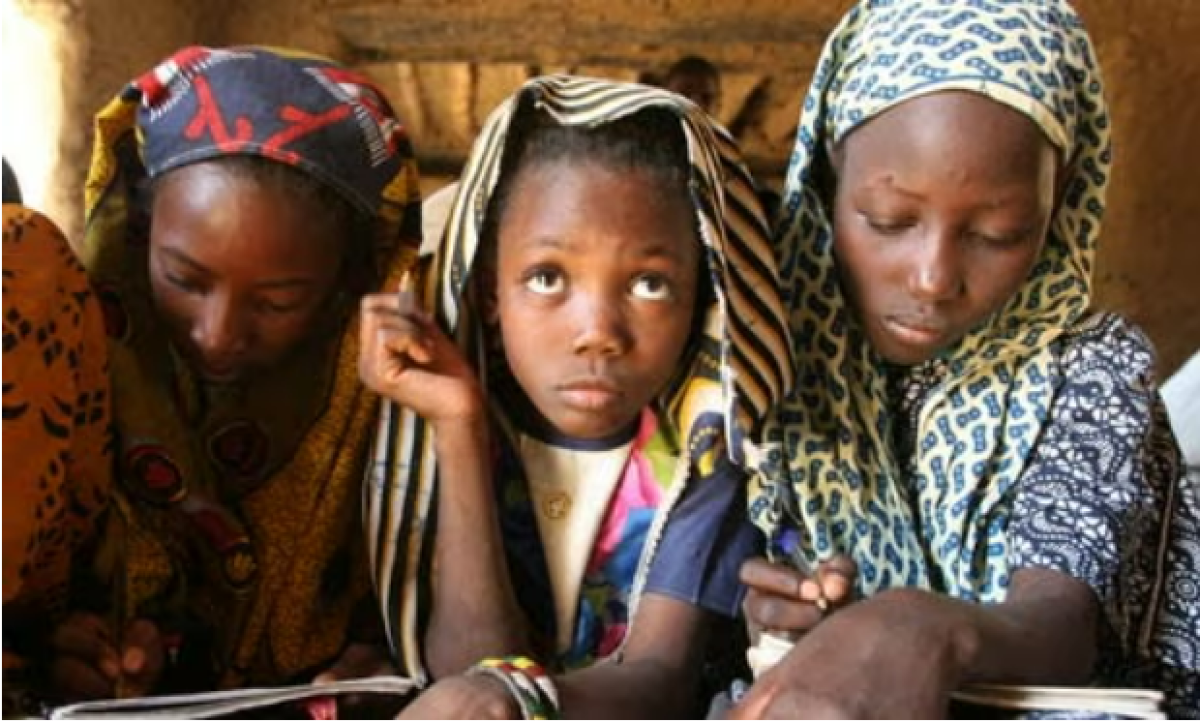In September 1960, the Sudanese Republic withdrew from the Mali Federation becoming the Independent Republic of Mali, with Mobido Keita elected as the first president. Keita pursued socialist policies and had close ties with the Soviet Union. Under his rule, the economic situation in Mali was deteriorating.
In November 1968, the Keïta regime was overthrown in a bloodless military coup led by Moussa Traoré.
Despite intentions to move Mali towards civilian rule in the mid-1970s, the military rule of Traoré continued into the 1980s.
Demands for multi-party democracy increased, with the Traoré government making only limited concessions, insisting that Mali was not ready for democracy. These concessions were not seen as going far enough and in early 1991, student-led anti-government rioting broke out supported by government workers.
On March 22nd 1991, thousands of protesters marched through the streets of Bamako, the capital of Mali.
Government soldiers fired on the demonstrators, killing many of them. Official government numbers put the death toll at 28, though the opposition claimed 148 protesters lost their lives and hundreds more were wounded.
Whatever the true figure, the massacre was seen as a turning point and on March 26th 1991, after four days of further rioting, military support for Traoré had evaporated and a group of military officers, led by Amadou Toumani Touré, arrested President Traoré and suspended the constitution.
A civilian-led government followed, as did a new constitution with multi-party elections taking place in June 1992.
Former President Moussa Traoré was imprisoned in 1992 and sentenced to death, though he was eventually pardoned in an attempt to heal political divisions in the country.
